|
   
   
         


|
Hello
Everyone,
July
22, 2021
In this Issue:
- Ontario runner shatters Bruce Trail
FKT
- A cautionary note as sports ramp up
quickly
- The pride of Ross Proudfoot - and a
legacy like few others
- Photos This Week
- Upcoming Events:
August 7 Sudbury Camino, August
8 Bush Pig Open, August
14-15 Conquer the Crater, August
22 SFC Crowley Lake Open Water Swim
- Running Room Run Club
Update:
- Track North
|
|
| |
|
Ontario runner shatters
Bruce Trail FKT
Ten months after John Pockler set a new record on the 890 km
route, Kip Arlidge of Sundridge, Ont. has lowered it again,
by 14 hours
ANNE
FRANCIS JULY 14, 2021
Kip Arlidge, 28, of Sundridge, Ont. has
taken an astonishing 14 hours off John Harrison Pockler’s
Bruce Trail FKT (fastest known time), set just last September
at nine days, 17 hours. Arlidge completed the 890-km trail
on June 27, running from Tobermory (on the tip of the
Bruce Peninsula) to Queenston in the Niagara region, in
nine days, three hours and 27 minutes.
Arlidge has raced ultras in Ontario such as the 2018 Limberlost
Challenge (56 km distance) and the 2019 Haliburton Forest
Trail Race (100 miler), both of which he won, but this
was his first major multi-day project. Initially his goal
was to go sub-9, but he soon realized that wasn’t
realistic, based on how much ground he needed to cover
and how much abuse his legs could take. “I learned
a lot and made a ton of mistakes,” Arlidge told
us in a phone interview. “I think sub-9 is possible,
and I looking forward to supporting whoever is crazy enough
to give this another try.” He adds that he’d
like to actively help anyone who wants to take a crack
at running the trail. “I received a lot of help
from the ultrarunning community and am looking forward
to helping someone else set a new record.”
He says his pacing was quite different from Pockler’s,
who started strong, then developed some knee issues and
backed off the pace for a few days, then pushed hard through
the final three days. “Mine was more of a gradual
decline,” says Arlidge. “At one point, around
day 5, I had a close to a 24-hour lead, but then I faded
a bit.”
He says the only time he panicked was
near the end, with only 60 km left. “I had hoped
to push the last 100 miles without sleep, but I started
cutting sleep one day too early. I tried to kick for the
last two or three days, but my body just didn’t
have it. With about 60 km to go, I took an extra 90-minute
sleep, woke up and was completely seized and could barely
get up. For about half an hour I was working as hard as
I could to just walk at all. That came and went, and I
loosened up a bit, so I maybe lost an hour or two over
the last day.”
Arlidge commented on the generosity of
the other runners he met along the way, in particular
Steve Kenny of Owen Sound, Ont., who was trying for the
FKT himself, at the same time, running from south to north.
They crossed paths on Kenny’s sixth day and Arlidge’s
third. “We got a lot of support from his crew, who
were equally willing to help me out,” says Arlidge.
“We were both waiting for COVID restrictions to
lift, and it was really cool that we bumped into each
other.” Kenny had fallen off the pace by the time
he ran into Arlidge, but he did finish the route, in 12
days and change.
Arlidge explains that the northern parts
of the trail on the Bruce Peninsula are technical, hilly
and rocky, which is why most people want to do them at
the beginning, when their legs are fresh. “It’s
also the most scenic, in my opinion, so I wanted to cover
it at the beginning, when I was well rested and could
appreciate it more,” he adds.
The distance is equivalent to about 21 marathons. To do
it that quickly means covering around two and a half marathons
every day, for nine days in a row – sometimes running,
but mostly hiking, and sleeping only a few hours at a
time, or less, depending on the clock.
Arlidge says he didn’t train much
differently than he would for a 50-miler or a 100-miler.
“I just tried to put in lots of volume,” he
says. “I would have liked to do more long, slow
work, but it wasn’t time-efficient.” He did,
however, taper more than he usually would, backing off
close to a month before the start of the run, because
he was dealing with some glute strain issues and wanted
to go into the project injury-free. “The whole thing
was about getting through it without blowing up,”
he says, “so I got more rest and did more preventative
exercises than I would before than a typical race.”
The Bruce Trail is Canada’s oldest long distance
hiking trail, dating back to the early 1960s. The route
mostly follows the edge of the Niagara Escarpment from
Queenston to Tobermory and features a variety of terrain,
from rocky, hilly singletrack to gentle paths through
forest and farm fields, as well as some gravel and paved
roads. While some sections are owned by the Bruce Trail
Conservancy or by local conservation authorities, much
of the route is on private property and depends on the
goodwill of the landowners.
Arlidge emphasized that his success was
entirely dependent on his support crew, and on how good
they were to him – in particular, Eric MacPherson
and Maddy McDonald, one of whom was running or hiking
with him throughout most of the route.
For more on the Bruce Trail FKT, go to
fastestknowntime.com.
|
|
|
A cautionary note as sports ramp
up quickly
Randy
Pascal
2021-07-17
Thousands of young athletic Sudburians are chomping at
the bit to reintegrate themselves into the training regimen
of their specific sport or sports.
Kim Brouzes fully understands
that. It's a feeling that is all too natural.
Still, in spite of the fact
that it's not the message that athletes, coaches and parents
would like to hear, the owner/operator of Active Therapy
Plus is sounding a cautionary note.
"As parents, as a sports
community, we need to slow the season down a little bit,"
said Brouzes. "Instead of throwing them into the
same practice that you might have planned in the summer
of 2020, maybe take it a bit slower."
As much as Brouzes works
on a daily basis with injured athletes, she would just
as soon ensure that the malaises that can be avoided are
avoided.
"Our job is to develop
these kids through all stages of their growth and development,"
she suggested, alluding to an all-around concerted effort
that involves all those who work with the training of
young athletes.
"The biggest factor
to keep in mind is that it's been 16 months since these
athletes last competed. Kids change a lot in 16 months.
They are different humans, different people."
And while she absolutely
recognizes that many who compete beyond a purely recreational
level have remained busy, morphing workouts into whatever
could realistically and feasibly be done, Brouzes also
knows that there is a leap to be made when turning the
switch to game mode - and even ultra-intense practices.
"The things that you
can do in your driveway or your basement or your garage
are very different than what you can do in an organized
activity," she said. "Take ten minutes for each
athlete, look at them, talk to them."
"Coaches need to re-introduce
themselves to these kids, take a physiological profile,
a quick scan of how they have changed - just get to know
them again."
"If we try and throw
these kids into the season as though we hadn't missed
a beat, these kids are going to get hurt."
Though some of that might
be unavoidable, Brouzes does have a few other suggestions
that she feels might keep young athletes away from her
office.
"Make sure they are
doing good warm ups, that they are stretching enough,"
she said. "Their hip flexors might be tight right
now, their backs and necks might be sore. Throwing them
back into a full practice is risky."
"It's just to keep in
mind to slow things down and train their bodies again,"
Brouzes added. "Their muscle memory will be quite
quick. This has never been done before where you develop,
develop, develop, stop in your tracks - and then start
again a year later."
While the situation itself
might be somewhat unique, the inherent issues at the heart
of the problem are certainly not new.
"The fact is that 80%
of all injuries in sport are simply trying to go too hard,
too fast," said Brouzes. "We can't prevent all
injuries, but we can use a little bit of education, just
being mindful about what their bodies are going through."
|
|
|
The pride of Ross Proudfoot
- and a legacy like few others
Randy
Pascal
2021-07-21
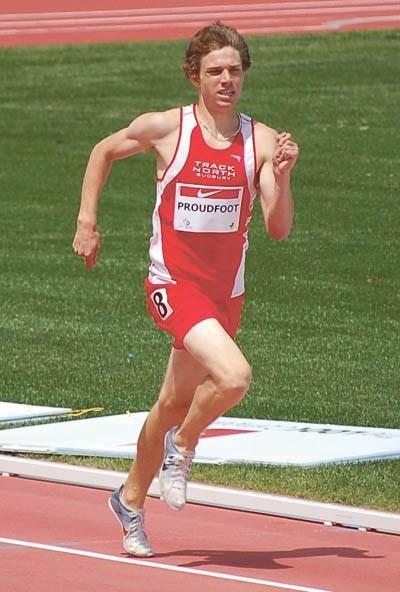
Ross Proudfoot
2010 (image by Dick Moss) |
Ross
Proudfoot will surely go down as one of the greatest
distance runners that Sudbury has ever produced.
Along with the likes
of Ray Paulins and a few others, and keeping in
mind that acclaimed marathoner Ron Wallingford moved
to Sudbury after much of his competitive running
was done, Proudfoot’s place among an elite
handful of locals is unquestioned.
Unfortunately, given
the very nature of the sport, questions of some
sort always persist.
“That’s
one of the biggest detriments to running –
there are just so many what ifs,” Proudfoot
acknowledged recently, now a few years removed from
a string of injuries that derailed his quite legitimate
Olympic berth bid.
First garnering attention
as a top-end elementary runner at Jessie Hamilton
Public School, the now 29 year-old graduate of Guelph
University did not rush his way to prominence, in
spite of the fact that he was located smack dab
in the middle of the cross-country / track and field
factory that is Lo-Ellen Park Secondary School.
“In grade nine,
even in grade ten, I didn’t know if I even
wanted to join the cross-country team, because fall
was kind of hockey season,” he said. “I
think for everybody who runs, it takes a while to
really get into it. It’s a pretty head strong
committed sport.”
A pair of fifth place
finishes in the midget boys’ 1500m/3000m OFSAA
tandem clearly served notice of some latent potential.
Proudfoot might not yet have been sold, but the
likes of Darren Jermyn, Dick Moss and Colin Ward
certainly were.
“Grade 10, for
me, was kind of still that time where I wanted to
embrace all of the sports that high-school has to
offer,” suggested the young man who would
garner no less than 19 CIS / U Sports medals (ten
team, nine individual) over the course of his five
year career as a Gryphon.
“Track North
did a really good job of easing me into it.”
“By the end of
grade 12, medalling at OFSAA, I was starting to
rise in the field and came in (to university) really
aggressively that year. If it had been just me doing
it, there’s no way I would have been putting
in the work that some of the people down south were
doing.”
|
“That last year of
high school kind of vaulted me right in as one of the
top competitors at junior nationals the next year.”
To this day, one of his favourite
memories remains with the Western Invitational in his
freshman year, pretty much the very first OUA race in
which he competed. “There were guys coming up from
the States who could run a 29 flat (for 10 km), and I
had never even done a 10km before,” said Proudfoot.
“I had maybe five weeks
of training at Guelph coming off a pretty good summer
track season. Everyone told me to relax and stay in the
middle of the pack – but I was feeling good and
I kept feeling good.” The messaging, from the coaches,
was suddenly subject to a mid-race 180. Time to relax
would have to come later.
“All of the coaches
who were telling me that the race really didn’t
matter were suddenly really yelling at me,” said
Proudfoot. A come from behind first place finish would
be one of far too many to count over the years, his dominance
reaching an absolute crescendo during his final year at
Guelph (2014-2015).
In an era that is noted as
among the deepest that Canadian men’s university
distance running has ever witnessed, the Sudbury native
posted a completely undefeated campaign on the track.
Claiming gold at the CIS
cross-country championships in November (2014) in St John’s,
Proudfoot would double down at the national indoor finals,
winning the 1500m and 3000m and being named as the Canadian
University Male Athlete of the Year – across all
sports.
“If you look at it,
it seems like those were the golden years, but really,
those were the years where my body kept it together in
spite of the kind of training that I was putting up,”
suggested the two-time national open men’s cross
country champ (2015/2016). “We had an ultra competitive
group, everybody would work super hard.”
No surprise that this would
lead to his most aggressive shot at the Olympics, but
also a period when holding said body together would become
increasingly more challenging. “You really have
to kind of monitor how hard you are going every day,”
he said. “Mileage is one thing, but a lot of it
comes down to what kind of stress you are imposing on
your body, how hard you are going.”
“I like to be competitive
in every race.”
For Ross Proudfoot, even
on a global scale, these words rang especially true.
In 2013, he would reach the
1500m final at the World University Games in Russia. In
the summer of 2015, Proudfoot would record a fifth place
finish in the 5000m final of the Summer Universiade (FISU
Games) in Gwangju (South Korea), running in near forty
degree heat.
Just five days later, flying
from Asia to Europe, he established a personal best time
of 13:29.32 at the same distance in Belgium, less than
five seconds off the 2016 Rio Olympic standard. “I
know I had the talent to be an Olympic team member –
but injuries really took their toll in the last three
years.”
None more so than a nasty
battle with sciatica, the beginning of the end, if you
will. “I have so much respect for those who make
the long haul to the Olympics,” Proudfoot stressed.
“But you have to look at the opportunity cost in
life.”
Armed with an undergraduate
degree in Human Kinetics, the Toronto resident who has
spent the past four years with GlaxoSmithKline has morphed
in quite nicely some of the work accomplished through
his masters in Human Health & Nutritional Science.
“I’m really liking
the commercial business side of science, strategic planning
and things like that,” he said. “More of a
strategic role is where I see myself.”
During the pandemic, Proudfoot
was among a group of former Track North athletes who lent
their wisdom, on-line, to those still pounding their way
through the mileage. Though there is little way to avoid
the mind flowing to the valleys of alternate realities
based on altered training programs, the soon-to-be-married
ultra proud northerner is moving on, confident he did
the best he could with the knowledge at his disposal at
the time.
“You have to try and
figure out what works for your own body,” Proudfoot
explained. “You have to kind of judge your own taper
when it comes to in-season races and stuff like that.
I think the biggest mistake runners make is pushing through,
not reading that stuff correctly.”
With an Olympic berth as
the ultimate goal, that is hardly the easiest read to
make – even for one of the greatest university distance
runners ever.
|
|
|
Photos This Week
| 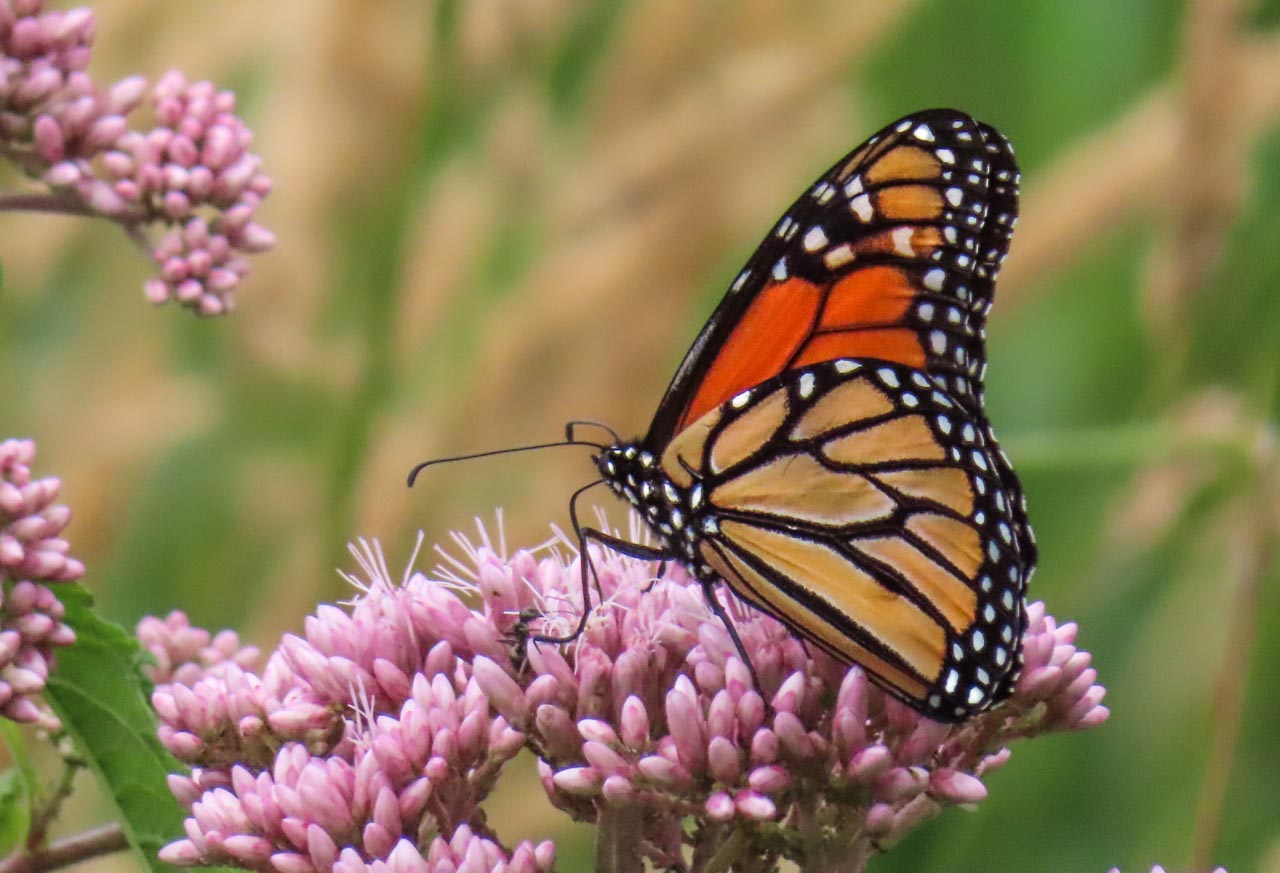
July 14 Finlandia

July 14 Finlandia
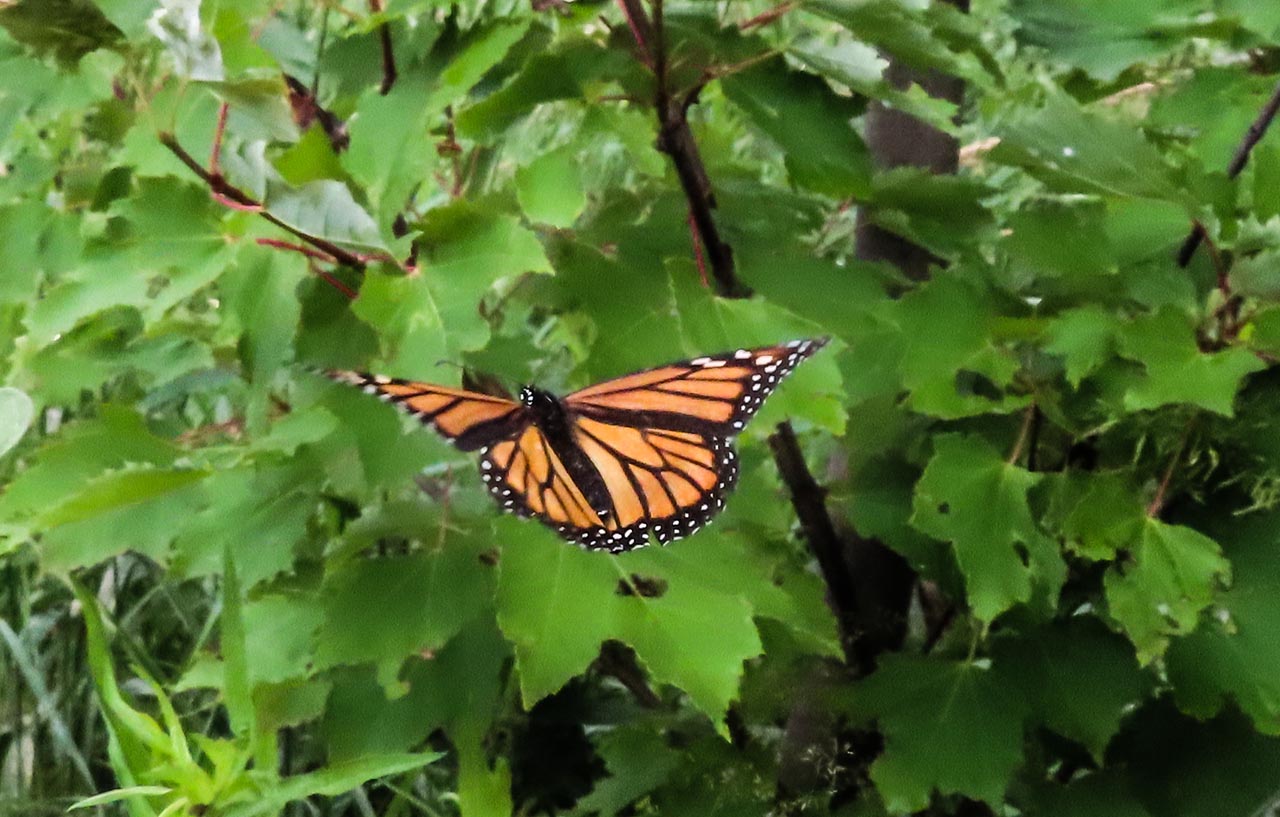
July 15 Finlandia
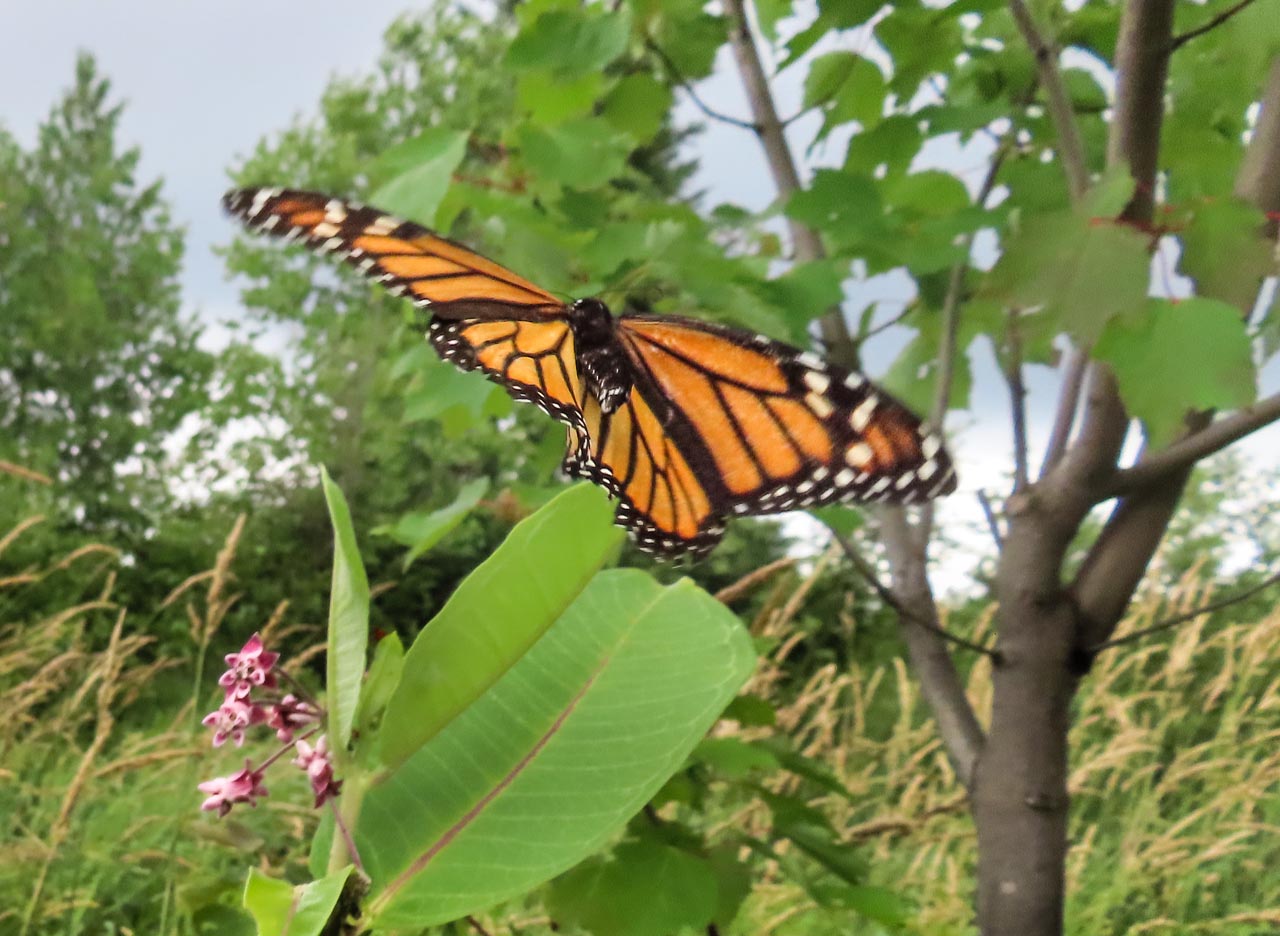
July 15 Finlandia
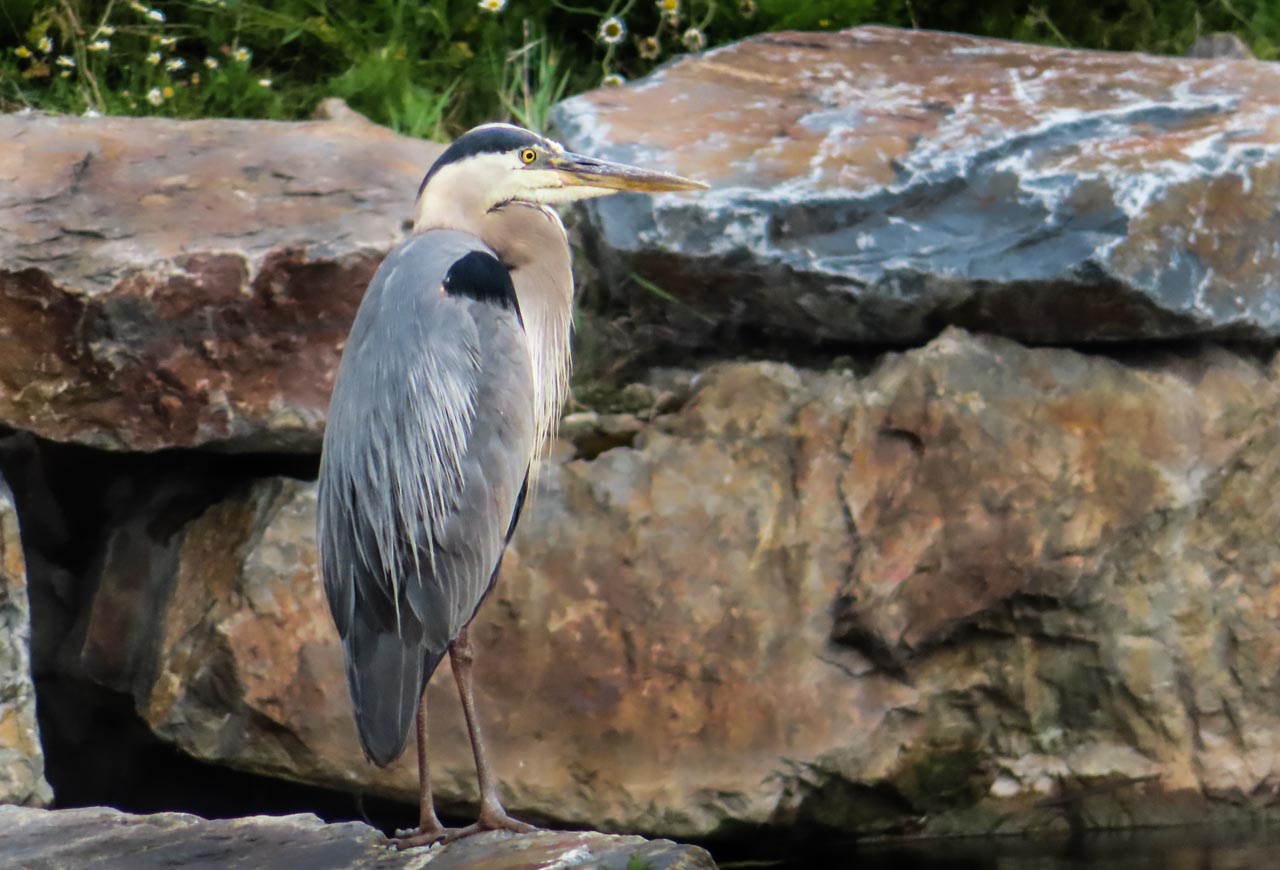
July 15 Finlandia

July 15 Off Mt. Ramey Mt. Path

July 15 Off Mt.Ramsey Path

July 16 Bennett Lake
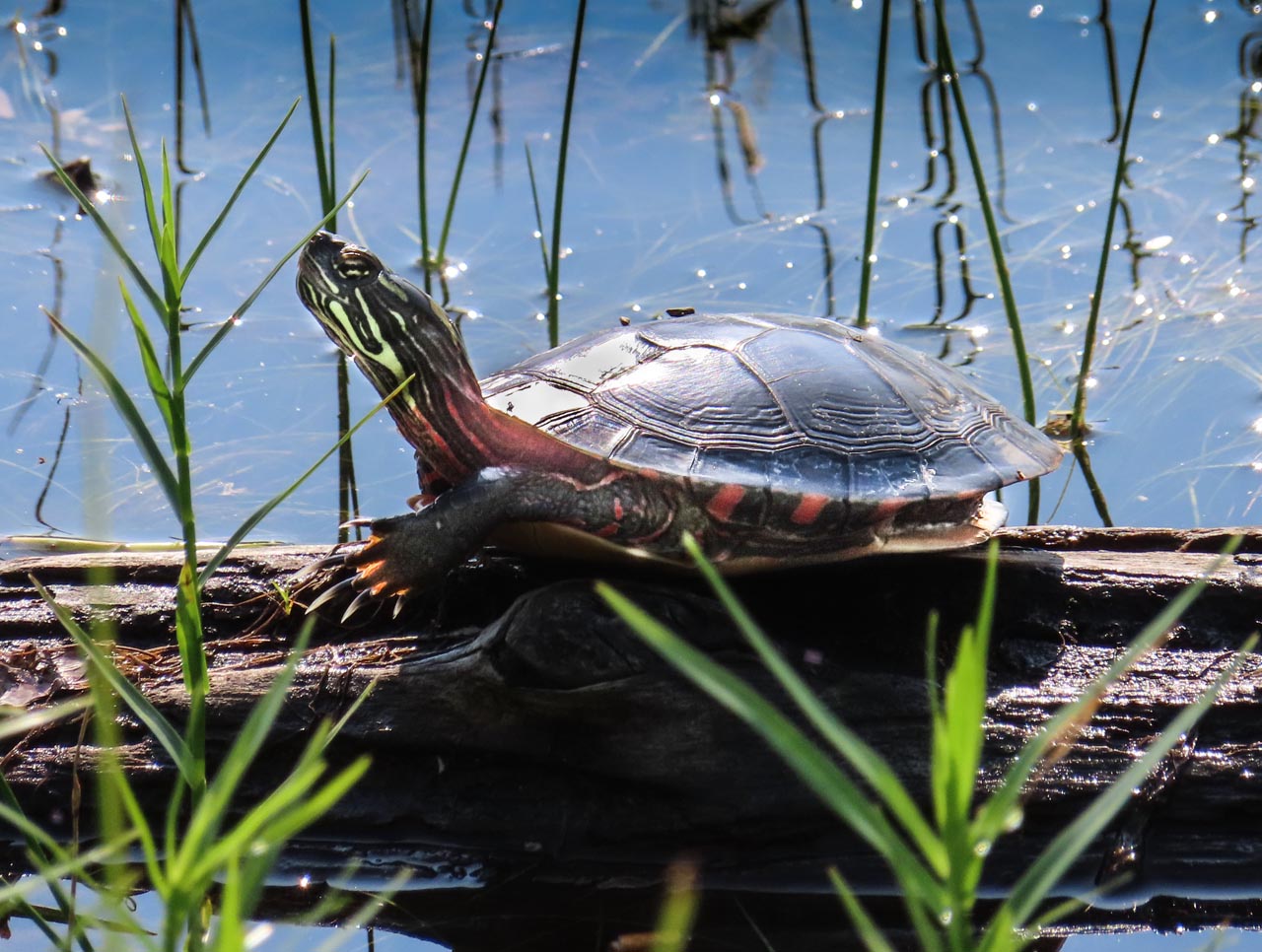
July 16 Bennett Lake
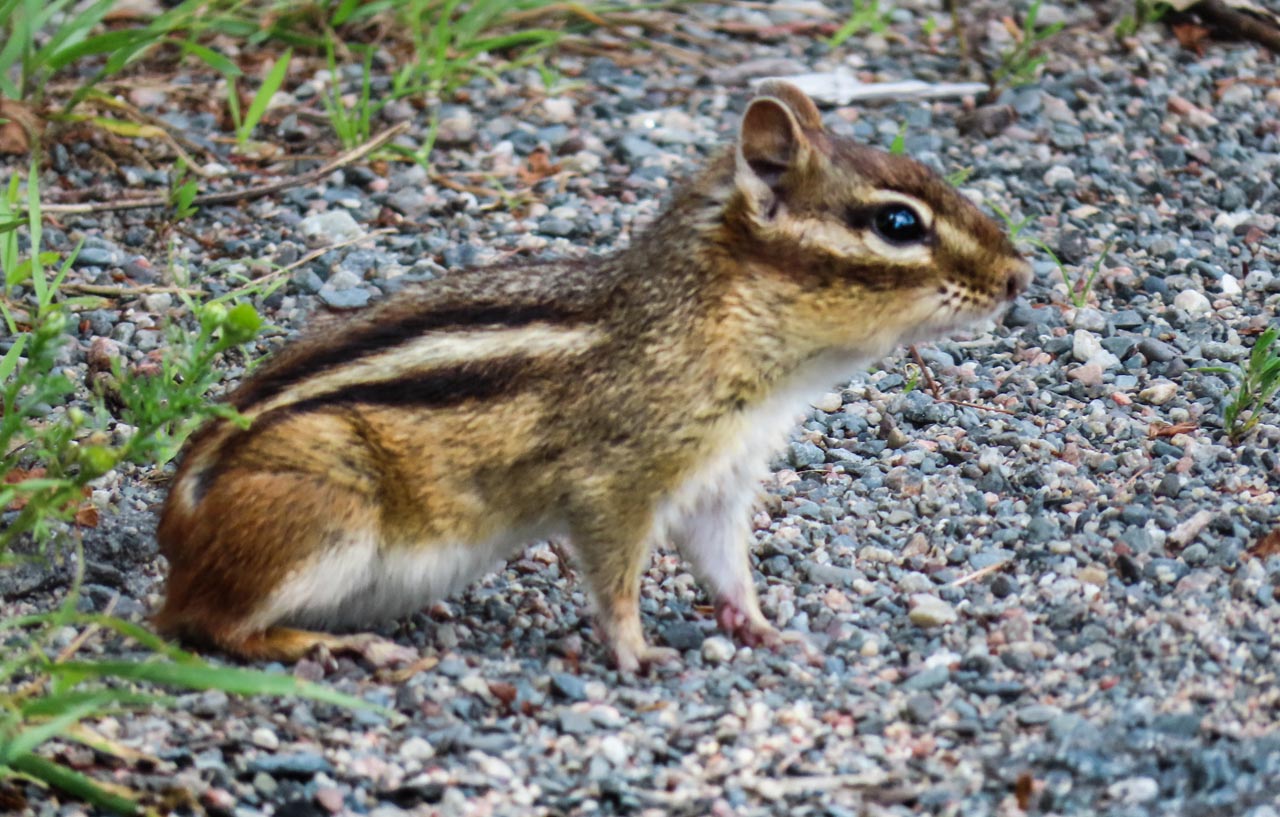
July 16 Second Ave

July 16 Finlandia
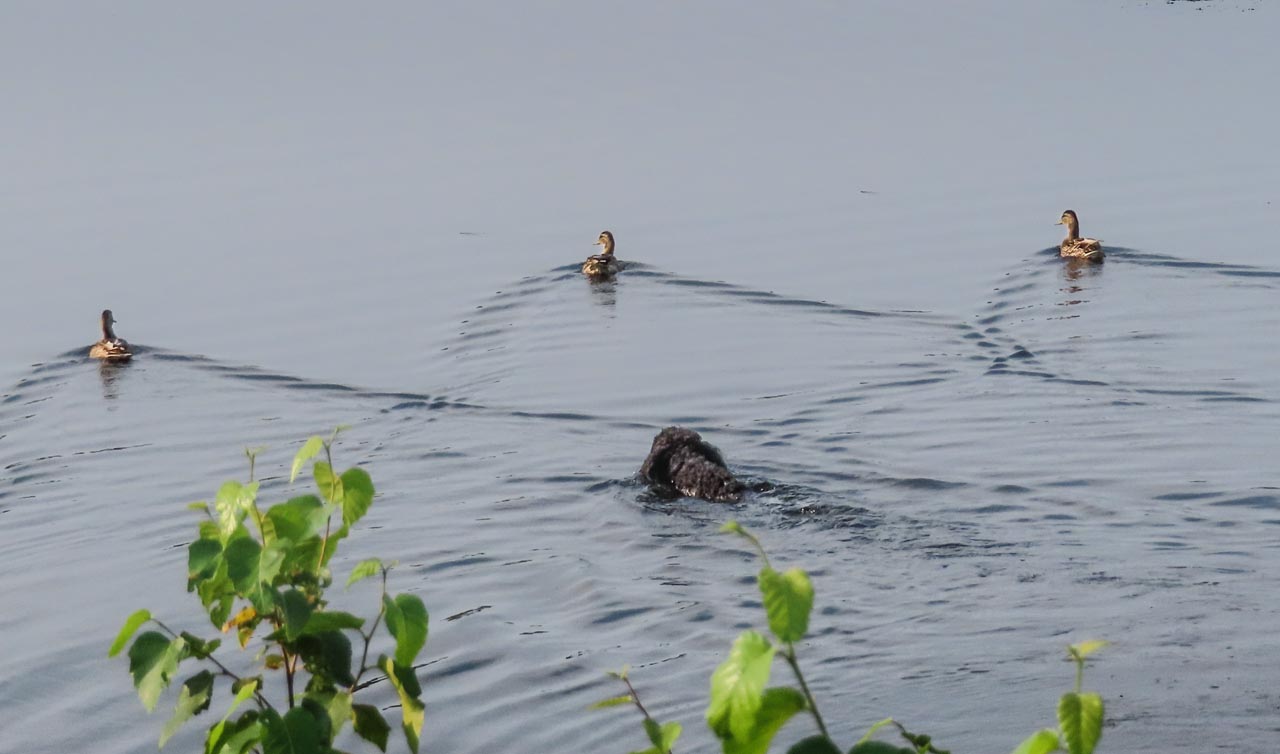
July 17 Laurentian Lake loop (dog loses
race)

July 17 Laurentian Lake
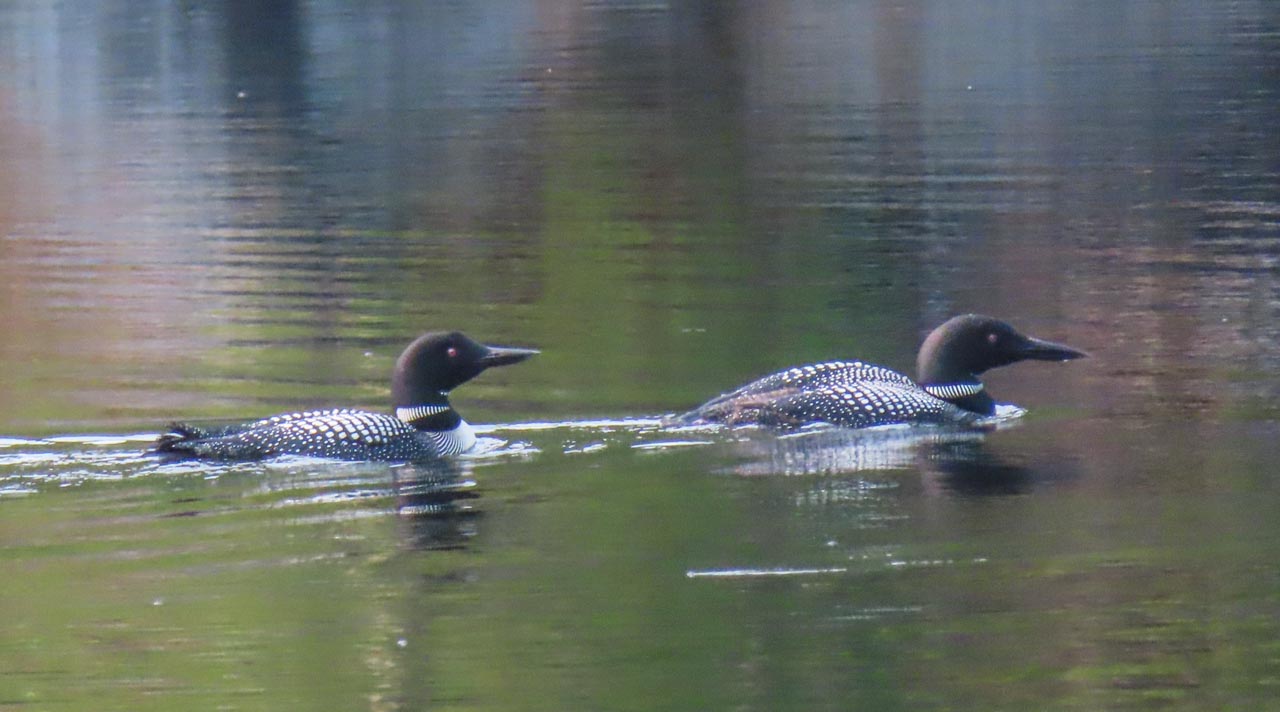
July 18 Crowley Lake Loons |
|
|
Upcoming Local Events
August
7
Sudbury Camino
2021
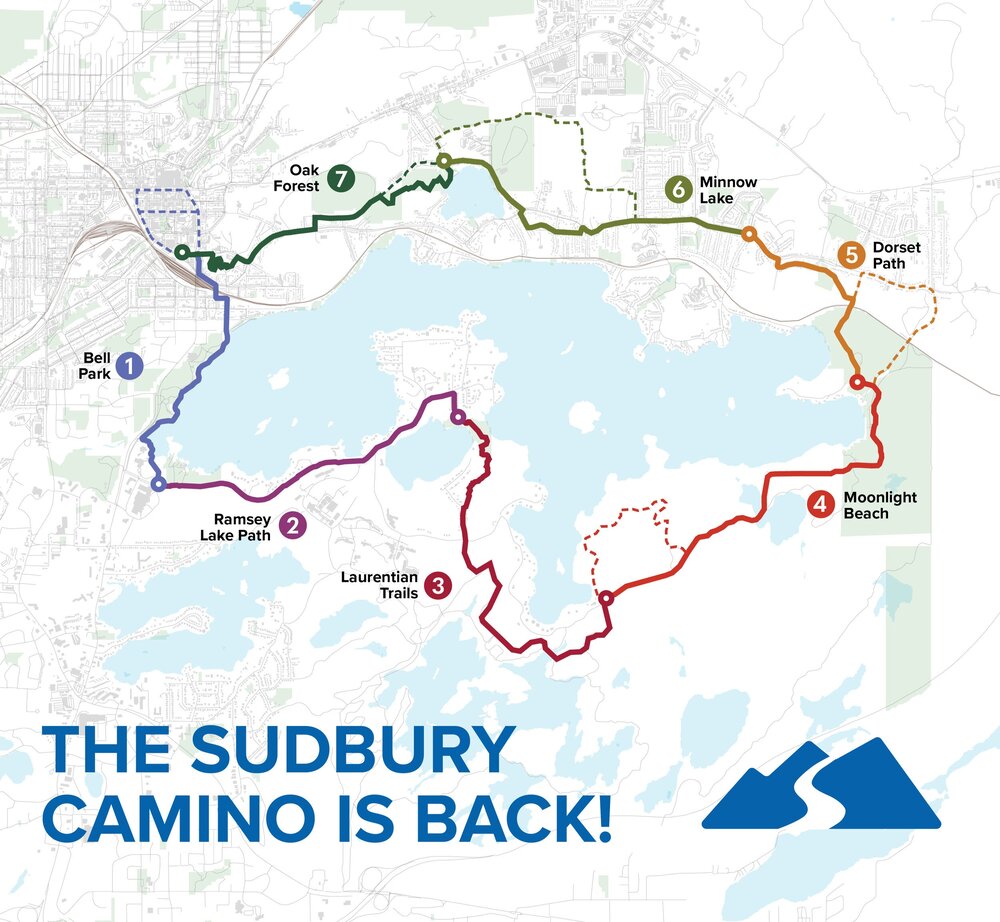
The Challenge
Inspired by the famous El Camino
de Santiago pilgrimage routes, the Sudbury Camino
is a free event that offers a unique Camino-like
experience as you discover portions of The Great
Trail (Trans Canada Trail) and Rainbow Route Association
trail network in the Greater City of Sudbury.
This on-foot journey invites you to challenge
yourself and explore our community and its breathtaking
natural surroundings on-foot. This year's journey
is the Tour de Ramsey Loop highlighting the lakes
and lookout points. The challenge is made to be
tailored so that you can create the kind of experience
you are looking for with various off shoot loops
offering unique experiences!
COVID-19 RESPONSE:
This year’s Camino will take place on August
7th as a socially-distanced, self-guided hike.
The Rainbow Routes Association will continue to
work within the provincial guidelines and restrictions
for The 2021 Sudbury Camino. Please continue to
visit our site for updates.
https://www.rainbowroutes.com/2021-sudbury-camino
|
|
| August
8, 2021

|
The 3rd Bush Pig Open Race in 2021
is Sunday Aug 8th.
Come out and challenge yourself on the single tracks
at Walden.
The Outside Store is sponsoring the race series again
this year.
Information
and Registration Here |
|
|
August
14 -15, 2021
XTERRA Conquer the Crater
Kivi Park

|
|
August
22, 2021
| AUG
22
2nd AnnualS.F.C Crowley Crawl Open Water Swim
Hosted by Neil Phipps and Sudbury Fitness
Challenge |
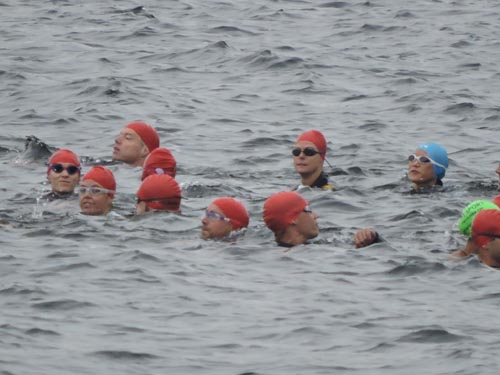
Welcome to this year's
Sudbury Fitness Challenge swim event. There will
be two distances available again this year 1500m
and 500m. The 1500m will have a points multiplier
of 1000pts and the 500m will be 500pts points.
See our page at https://sudburyrocks.ca/.../Sudbury%20Fitness%20Challenge...
for more details on how the point scoring works
for the series.
Applicable social distancing guidelines will be
in effect for this event. As such, registration
will be limited to 60 participants this year so
don't wait to sign up! You don't even have to declare
your distance until race day.
The race will be an interval start format. There
will be 2 waves of 30 swimmers, with a swimmer starting
every 60 seconds within the waves. The waves will
start 90 minutes apart. Due to a huge increase in
the popularity of Crowley Lake we have to start
things earlier this year. Wave 1 starts at 8:30am
and Wave 2 starts at 10:00am.
The signup.com registration page will be up and
running by the end of this week so that you will
be able to select your start time slot and register.
A link will be posted here as soon as it is active.
Declare your distance on race day when you check
in.
Entry Fee: $20 per person for either distance. You
will able to e-transfer payment to Beatonclassic@hotmail.ca
or pay with cash on site.(Exact change is appreciated)
Includes: Marked, insured, lifeguard supported race
course, results, Custom S.F.C. Silicone swim cap,
re-purposed Technical T-shirt(previous year Beaton
shirts:-) )
Wetsuits will not be allowed unless the lake temperature
plunges to an unsafe temperature. Floatie bags are
allowed and encouraged. There will be a minimum
of 5 spotter boats in the water and swimmers will
rarely be more than 100m from shore. Water shoes
are recommended for before/after as the beach is
a bit rocky.
Please contact us at Beatonclassic@hotmail.ca
if you have any questions.
|
|
|
 |
|
Store News
Good afternoon Sudbury Runners and Walkers,
We have FREE run club
Wednesday nights at 6pm and Sunday mornings at 8:30am.
Cancelled
until Further Notice
|
|
|
|
Track
North News - by Dick
Moss |
|
|
|
Dick Moss, Head Coach
Laurentian XC/Track Team
c/o Coach Moss <pedigest@cyberbeach.net>
Web: http://laurentianxctrack.com
Facebook: https://www.facebook.com/groups/laurentianxctrack/
Twitter: https://twitter.com/@luxctrack
Instagram: https://www.instagram.com/laurentianxctrack/
|
|
|
 
For
information call me.
Vincent Perdue
vtperdue@cyberbeach.net
Proud
sponsor of the Sudbury Rocks!!! Race-Run-Walk for the Health of it
ttp://www.sudburyrocksmarathon.com/
HOME
| ABOUT US | CONTACT
| ARCHIVES | CLUBS
| EVENTS | PHOTOS
| RACE RESULTS | LINKS
| DISCUSSION
|










219.jpg)























